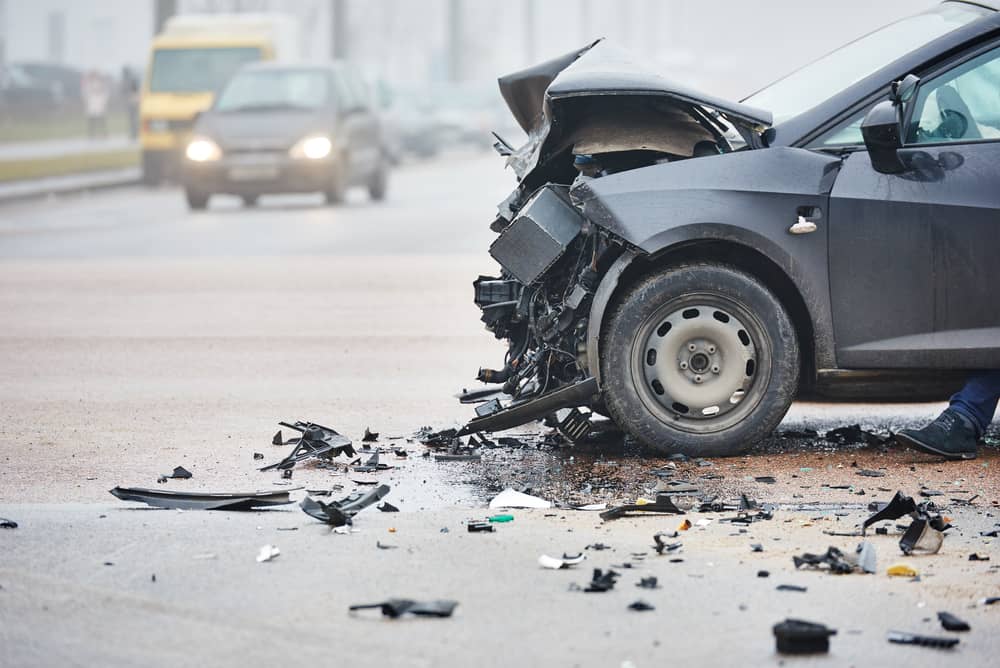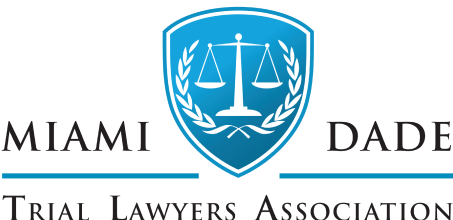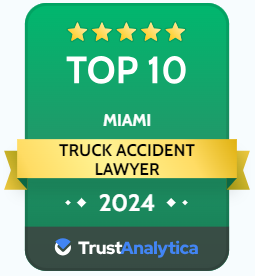
All car accidents are unfortunate events that can result in significant physical, emotional, and financial consequences. Among the various types of car accidents, head-on collisions are particularly concerning due to their potentially severe outcomes. Let’s dig deeper into the causes, consequences, and prevention strategies associated with head-on car accidents.
Causes of Head-On Car Accidents
Head-on collisions occur when two vehicles traveling in opposite directions collide front to front. While this should never occur, it does happen from time to time. Why is that? There are actually several factors that can contribute to these accidents.
Distracted Driving: One of the leading causes of head-on accidents is distracted driving. Texting, talking on the phone, eating, or engaging with in-car entertainment systems can divert a driver’s attention from the road, increasing the risk of veering into oncoming traffic.
Impaired Driving: No surprise here. Driving under the influence of alcohol, drugs, or other substances impairs a driver’s judgment, coordination, and reaction times, making them more likely to cross into opposing lanes.
Fatigue: Fatigued drivers may fall asleep at the wheel or experience momentary lapses in attention, causing them to drift into oncoming traffic.
Speeding: Excessive speed reduces a driver’s ability to react to sudden changes in traffic conditions, increasing the severity of head-on collisions.
Reckless Overtaking: Attempting to overtake another vehicle without sufficient visibility or in unsafe conditions can lead to a head-on collision with an oncoming vehicle.
Poor Weather Conditions: Rain and fog can reduce visibility and road traction, making it difficult for drivers to stay in their lanes.
Roadway Defects: Potholes, worn-out road markings, and insufficient signage can contribute to drivers inadvertently crossing into oncoming traffic.

The Severe Consequences of Head-On Car Accidents
Head-on collisions can have devastating consequences due to the combined force of the two vehicles involved. The severity of injuries and damage depends on various factors, including speed, angle of impact, and vehicle type. Just some of the consequences include:
Severe Injuries: These are often catastrophic accidents. Head-on accidents often result in serious injuries, including traumatic brain injuries, spinal cord injuries, broken bones, internal organ damage, and whiplash.
Fatalities: Due to the high impact forces involved, head-on collisions have a higher likelihood of resulting in fatalities compared to other types of accidents.
Emotional Trauma: These accidents are often quite scary for the driver(s) and any passengers involved in the crash. Survivors of head-on accidents may experience emotional trauma, including post-traumatic stress disorder, anxiety, and depression. Don’t ignore these in the aftermath of your crash just because they aren’t physical.
Financial Burden: Medical expenses, vehicle repair or replacement costs, and legal fees can create a significant financial burden for accident victims. You may have to miss work and the paychecks that come from your employment. Less work and more bills can be extremely stressful.
Preventing Head-On Car Accidents
Preventing head-on collisions requires a combination of responsible driving behavior, adherence to traffic rules, and appropriate road design and infrastructure. Here are some strategies for prevention:
- Avoid Distractions: Drivers should refrain from using mobile devices, eating, or engaging in any activity that takes their attention away from the road.
- Drive Sober: Never drive under the influence of alcohol, drugs, or other impairing substances.
- Obey Speed Limits: Adhering to posted speed limits and adjusting speed based on road and weather conditions is essential for safe driving.
- Stay Alert: Avoid driving while fatigued. Take breaks on long journeys, and pull over if you feel drowsy.
- Use Proper Passing Techniques: Only overtake when it is safe, legal, and there is sufficient visibility. Always use turn signals to indicate your intention.
- Maintain Safe Following Distances: Keeping a safe distance from the vehicle in front allows for more reaction time in case of sudden stops or lane departures.
- Infrastructure Improvements: Road authorities should ensure proper road design, maintenance, and adequate signage to reduce the risk of drivers inadvertently entering opposing lanes.
- Advanced Driver Assistance Systems: Modern vehicles often come equipped with advanced safety features like lane departure warning, automatic emergency braking, and adaptive cruise control, which can help prevent head-on accidents.
Head-on car accidents are serious events with far-reaching consequences. If you feel you were in a head-on collision because the other driver didn’t follow the list above, it is time to reach out to an attorney. While these accidents can occur due to a range of factors, including distracted or impaired driving or poor road conditions, you very likely are owed compensation. The results of head-on collisions can be catastrophic, leading to severe injuries, fatalities, emotional trauma, and financial hardships. You don’t have to suffer through all of this without the financial compensation you need to heal and that you are owed.
AccidentLawFirm.com is here to help. A car accident attorney from our team will help you get your life back on track after a head-on collision.












